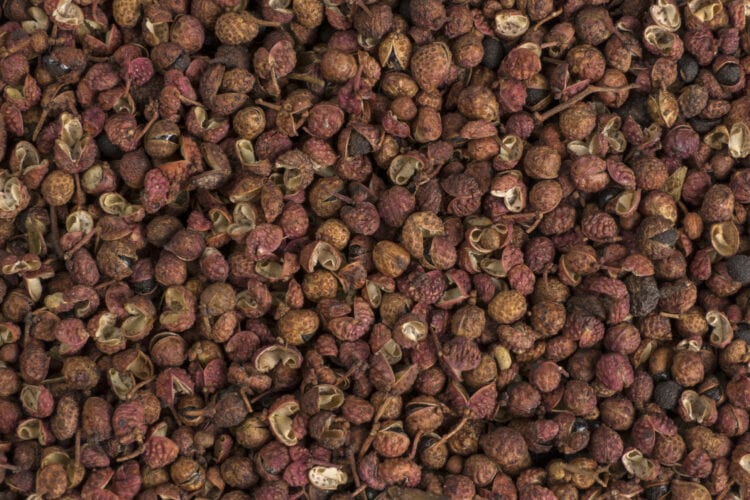More than just peppery, Sichuan pepper delivers a distinctive blend of flavors with highly aromatic citrus notes that brighten any dish. With the bite of black pepper and a fresh, zesty lift, this Chinese spice will surprise you again and again.
What is Sichuan pepper?
As the name suggests, Sichuan pepper comes from China’s Sichuan province. It’s known for its spicy, aromatic taste and for the tingling sensation it creates on the tongue. In fact, it even has a slightly numbing effect. In China, this sensation is called the “mala” taste.

It’s often used in Asian cooking to add flavor and depth to dishes, especially in sauces and broths. It can also be used to season meats, vegetables, and rice dishes.
Origin and history of Sichuan pepper
Native to Sichuan in southwestern China, this spice is made from the husks of the seeds of thorny ash trees (botanically, Zanthoxylum simulans). Fun fact: it belongs to the citrus family.
The fruit husks are harvested to produce this spice. Sichuan pepper has been used in Chinese cuisine for centuries for its distinctive taste and its medicinal properties.
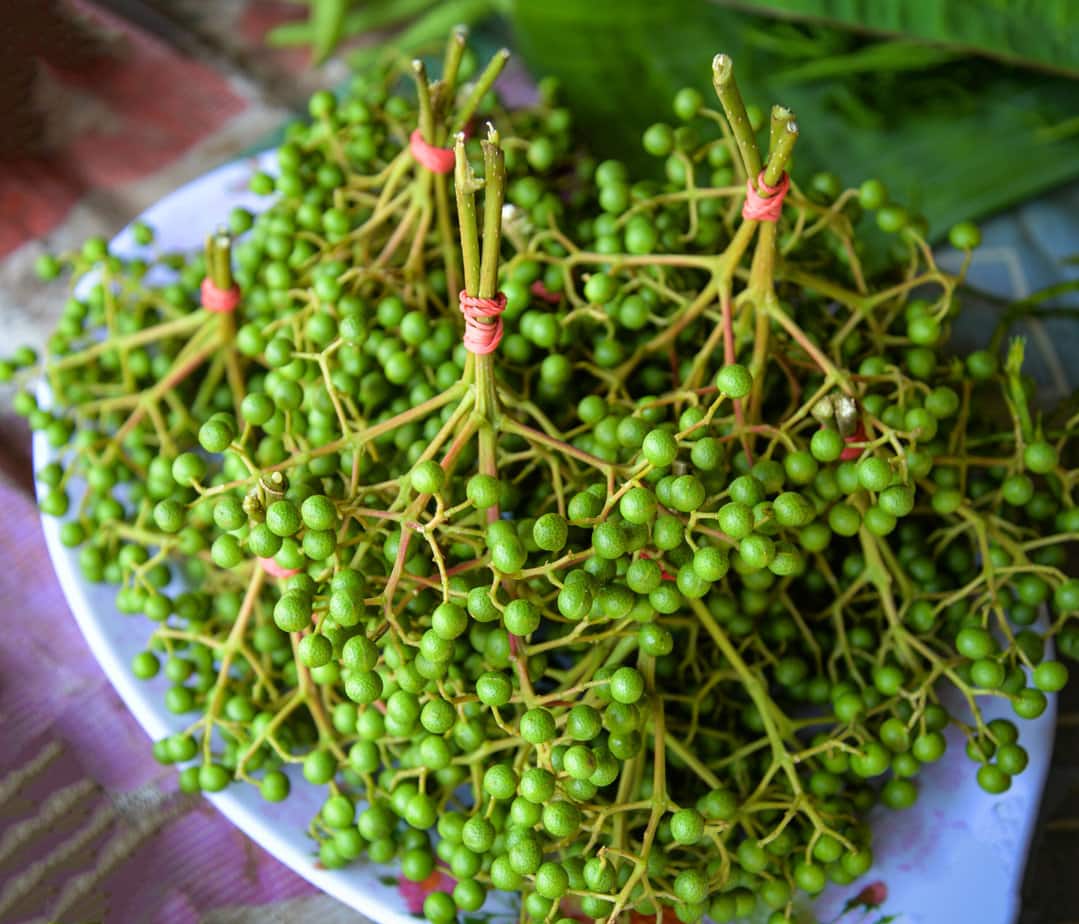
Historically, it was considered a remedy for various pains, such as headaches and abdominal pain. Marco Polo, the famous Venetian traveler, encountered this pepper during his journeys in the 13th century.
He helped introduce the spice to the European market, and that’s how Sichuan pepper became popular not only in other Asian countries but also in Europe—and eventually the rest of the world.
Taste of Sichuan pepper
Sichuan pepper has a unique taste that combines heat with a hint of bitterness. The berries are defined by a bright citrusy note you notice first, followed by a tingling sensation on the tongue. Try swapping regular pepper for Sichuan pepper in my spicy Chinese chicken.
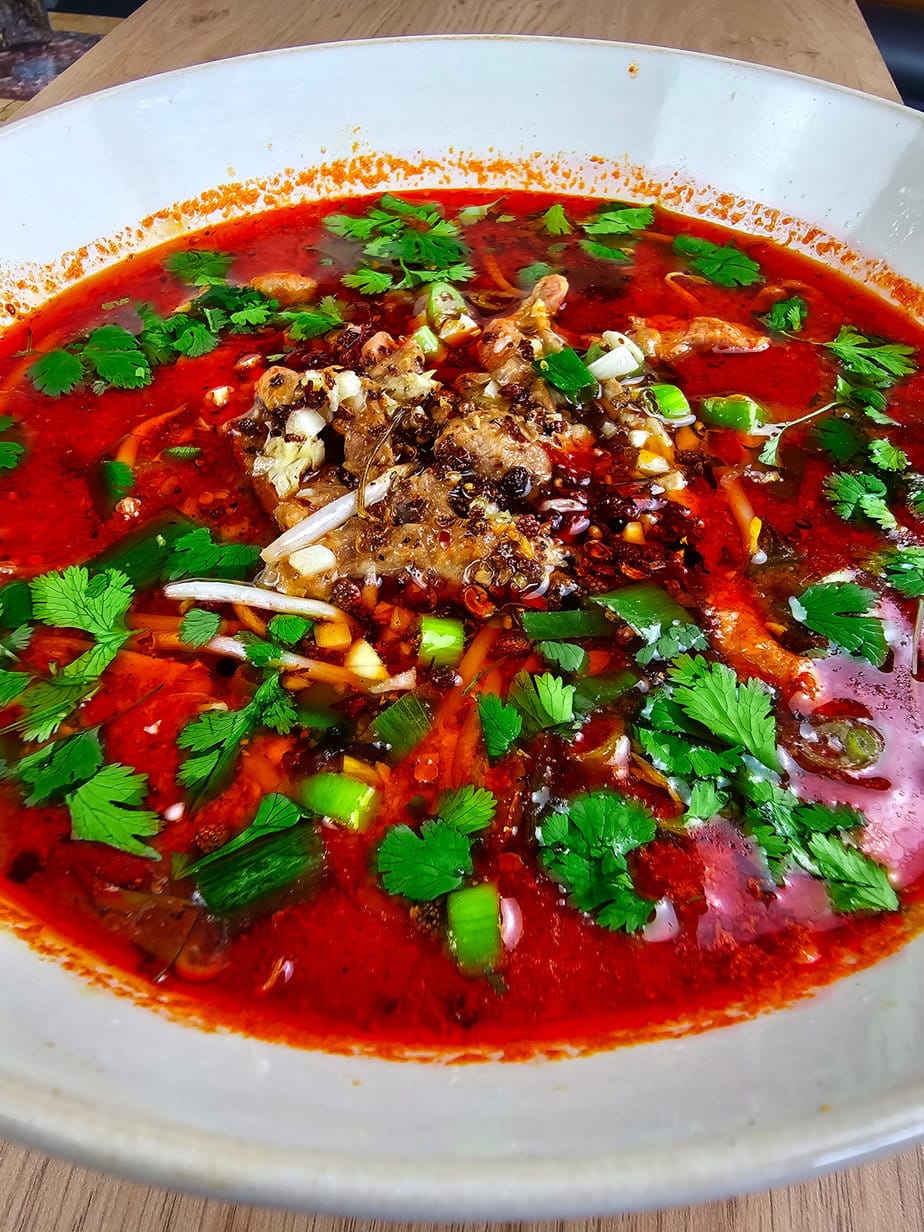
It’s a flavor and sensation closely associated with Asian cuisine—particularly Chinese cuisine, which tends to layer intensity into dishes and perfume them. This spice is considered highly versatile because it brings a unique combination of heat and aroma to many foods.
While it’s often used in broths and soups like hot and sour soup to boost flavor, you can also add it to meats (especially poultry—try kung pao chicken or Sichuan caramelized chicken), fish, vegetables, and sauces for even more complexity.

Sichuan pepper and black pepper: what’s the difference?
First distinction: most peppercorns come from Piper nigrum, a plant in the Piperaceae family.
This plant bears small seeds used to make most pepper. When they ripen and are then dried, they become black pepper. Green peppercorns, for example, are harvested well before maturity. Sichuan pepper is one of the few exceptions. We don’t harvest the seed, but the fruit’s husk. As you can see in the image below, they’re empty husks.
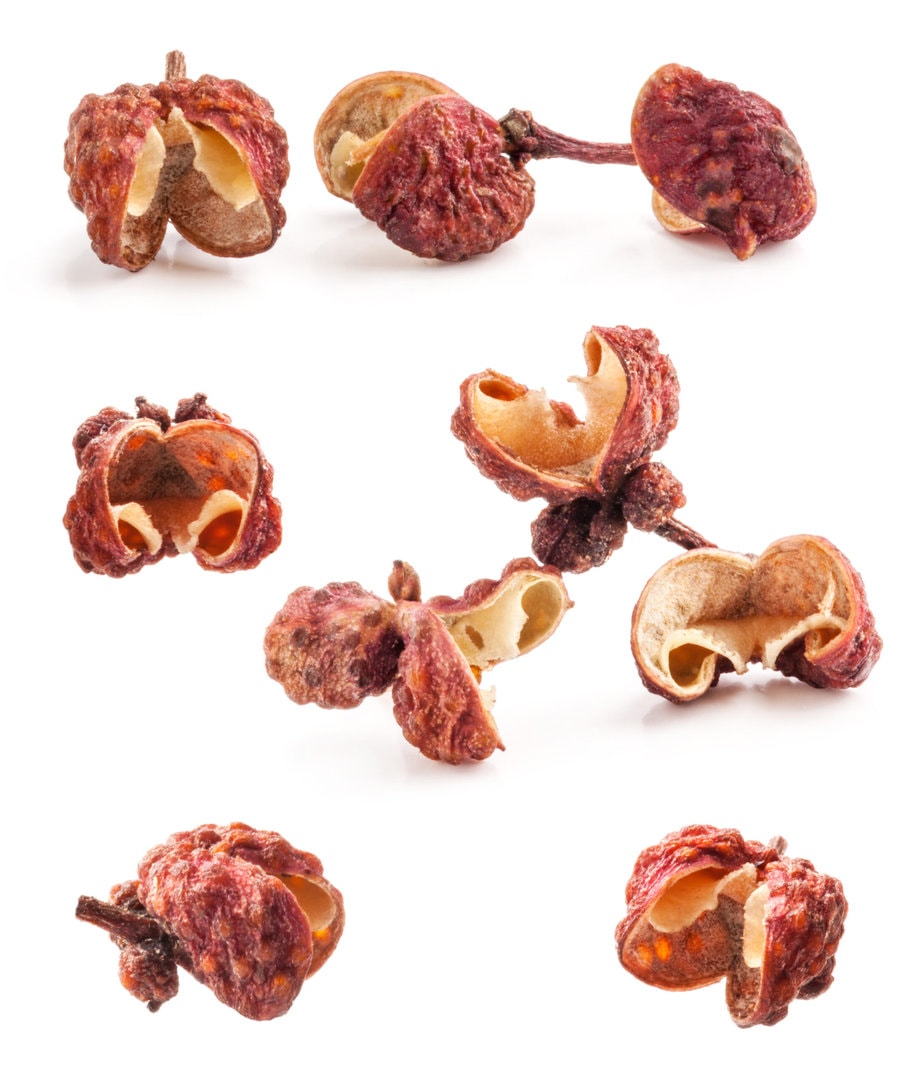
In terms of taste, Sichuan pepper is spicy but not as strong as black pepper. What really sets them apart is Sichuan pepper’s lemony, citrus note.
Black pepper, on the other hand, has a more earthy flavor. Another difference: while we’re used to seasoning at the very end, Sichuan pepper is particularly fragrant, so you can absolutely use it at the start of cooking to perfume the dish—unlike traditional pepper.
Benefits of Sichuan pepper
Chinese Sichuan pepper is considered to have many health benefits. Thanks to the piperine it contains, this Chinese pepper has remarkable digestive properties.
It stimulates digestion and relieves bloating and abdominal pain. It even has anti-inflammatory properties.
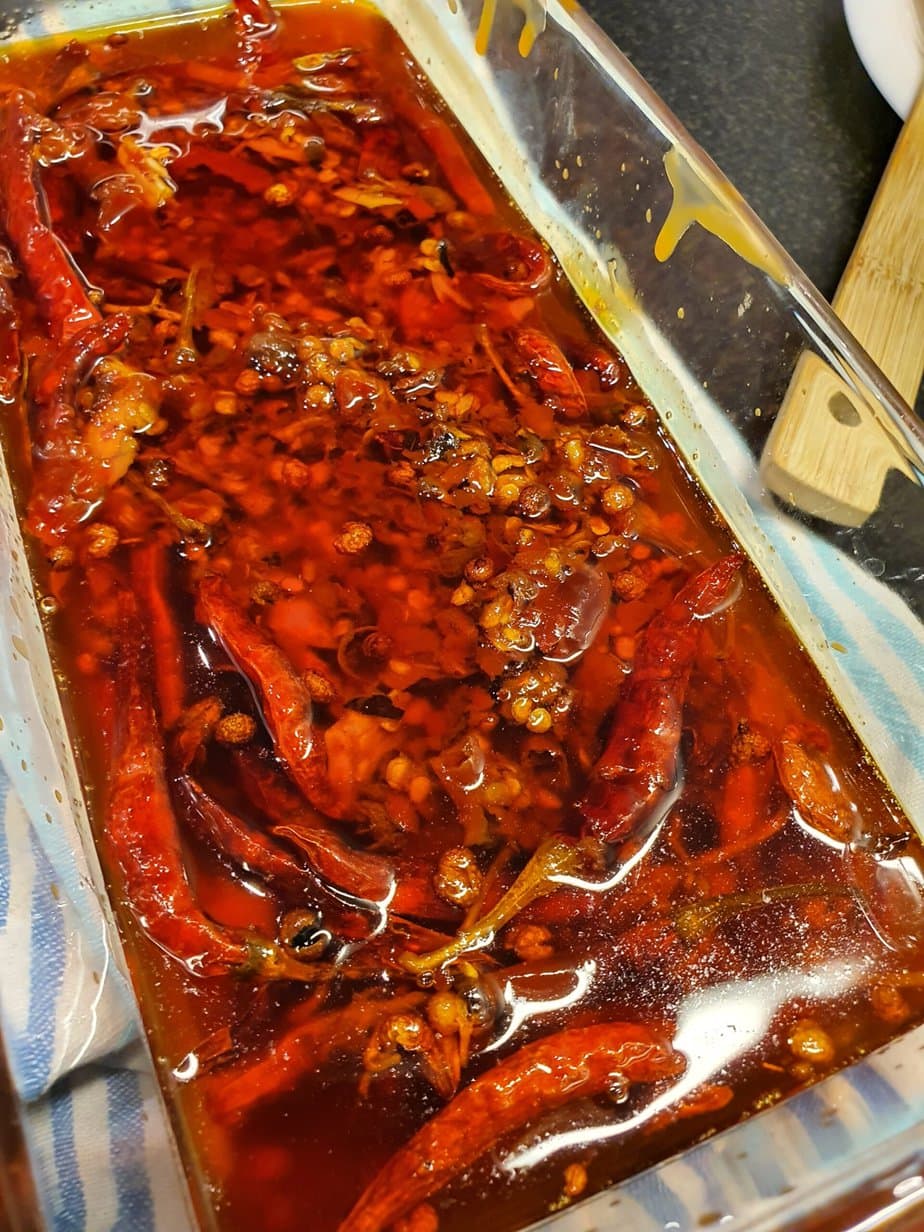
In traditional Chinese medicine, Sichuan pepper has long been used to relieve joint pain. In addition to its restorative power, this spice is rich in antioxidants and improves blood circulation, which is beneficial in the fight against heart disease.
How to use Sichuan pepper?
Most recipes call for the peppercorns to be toasted and ground. Simply heat the peppercorns in a pan over medium-low heat until toasted and fragrant. Once cooled, grind them—you’ll unlock their full potential!

Looking for a recipe idea with Sichuan pepper? Use it to flavor sauces for meats, fish, or vegetables. It also shines as a condiment in soups and broths, and in marinades, rice, and noodle dishes. Try it in my quick chili oil, my Sichuan chili oil, and my mapo tofu recipe.
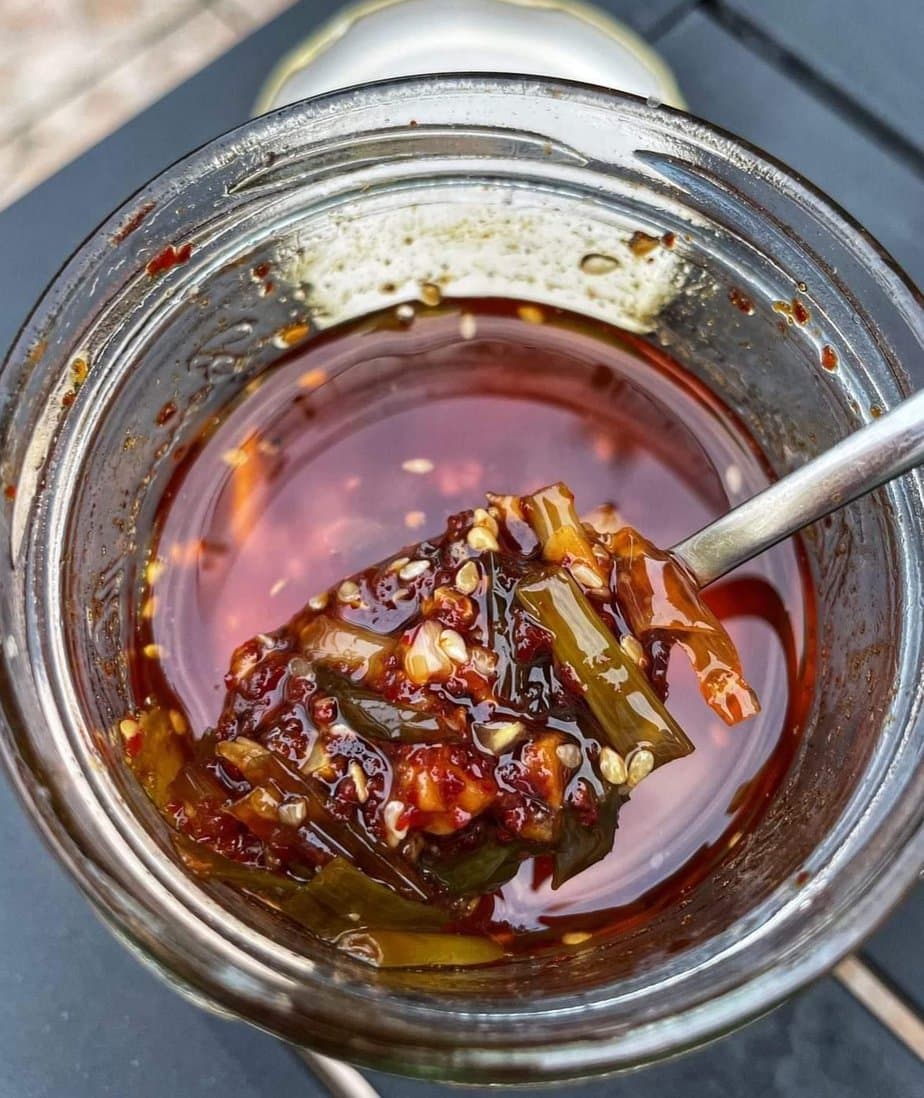
How to substitute Sichuan pepper?
To add heat to many dishes, Sichuan pepper is a must-have in Asian cooking—especially if you love spice. However, if you don’t have any on hand, you can use black pepper instead. It has a stronger, spicier flavor than white pepper and can help perk up a bland dish.
Long pepper is another possible substitute. Although milder and smoother than Sichuan pepper, it can also bring heat to dishes. Little tip: grind it—its pungency will intensify! There are many other spices you can use, like cumin, star anise, or cloves, but you’ll still miss the complex, versatile character that’s unique to Sichuan pepper.
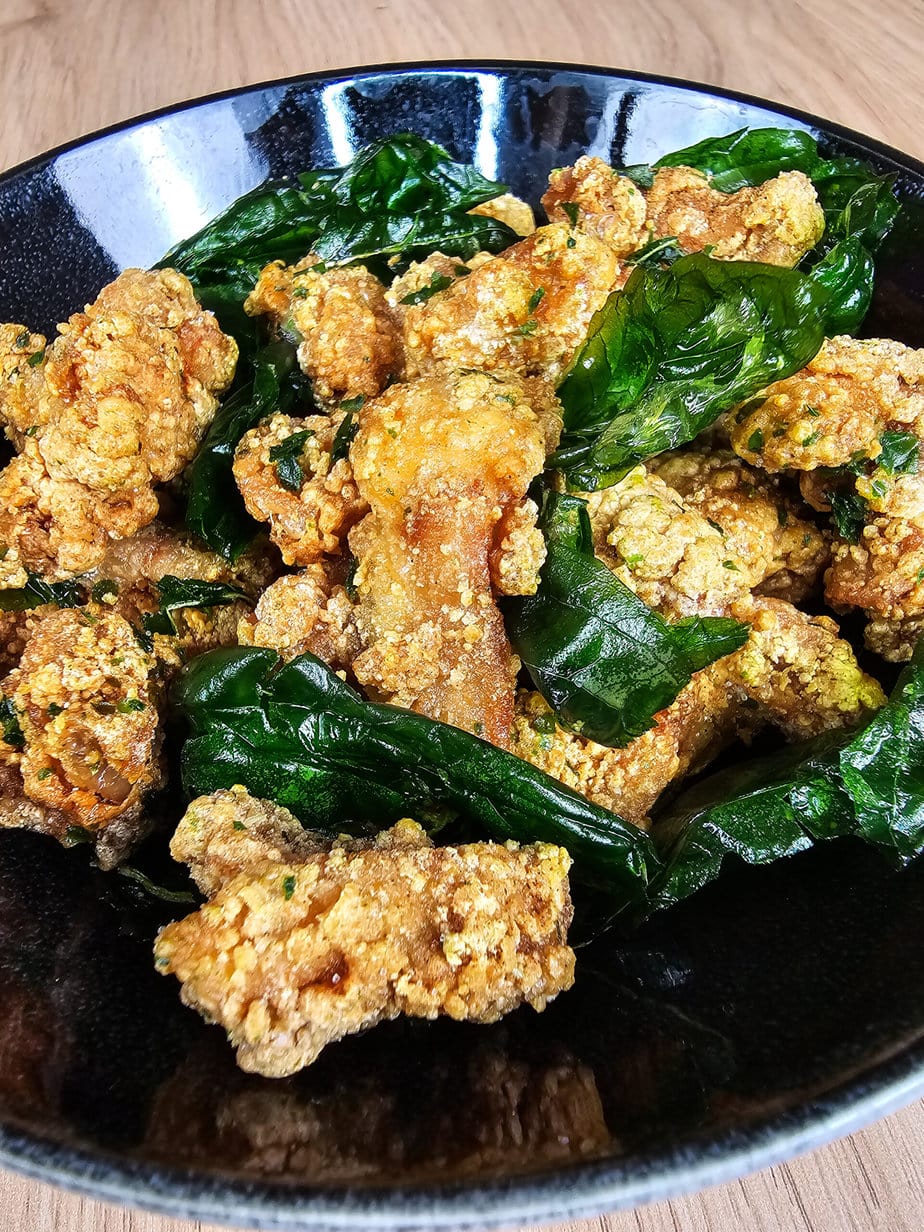
To compensate, add a splash of lime juice or another citrus that suits your dish. Another tip: combine freshly ground black pepper with coriander seeds.
Each substitute will have a slightly different flavor, so test a few options to find the one you like best.
Where to find Sichuan pepper?
You can easily find Sichuan pepper in Asian grocery stores or specialty shops. Good news: it’s become so popular that you can even find it in most supermarkets.
Nonetheless, you’ll have a better chance of finding an authentic, high-quality product from specialized retailers.
How to store Sichuan pepper?
To store Sichuan pepper properly, keep it in an airtight jar in a cool, dry place, away from light and heat. Note that pre-ground pepper loses its aroma more quickly, so use it sooner.
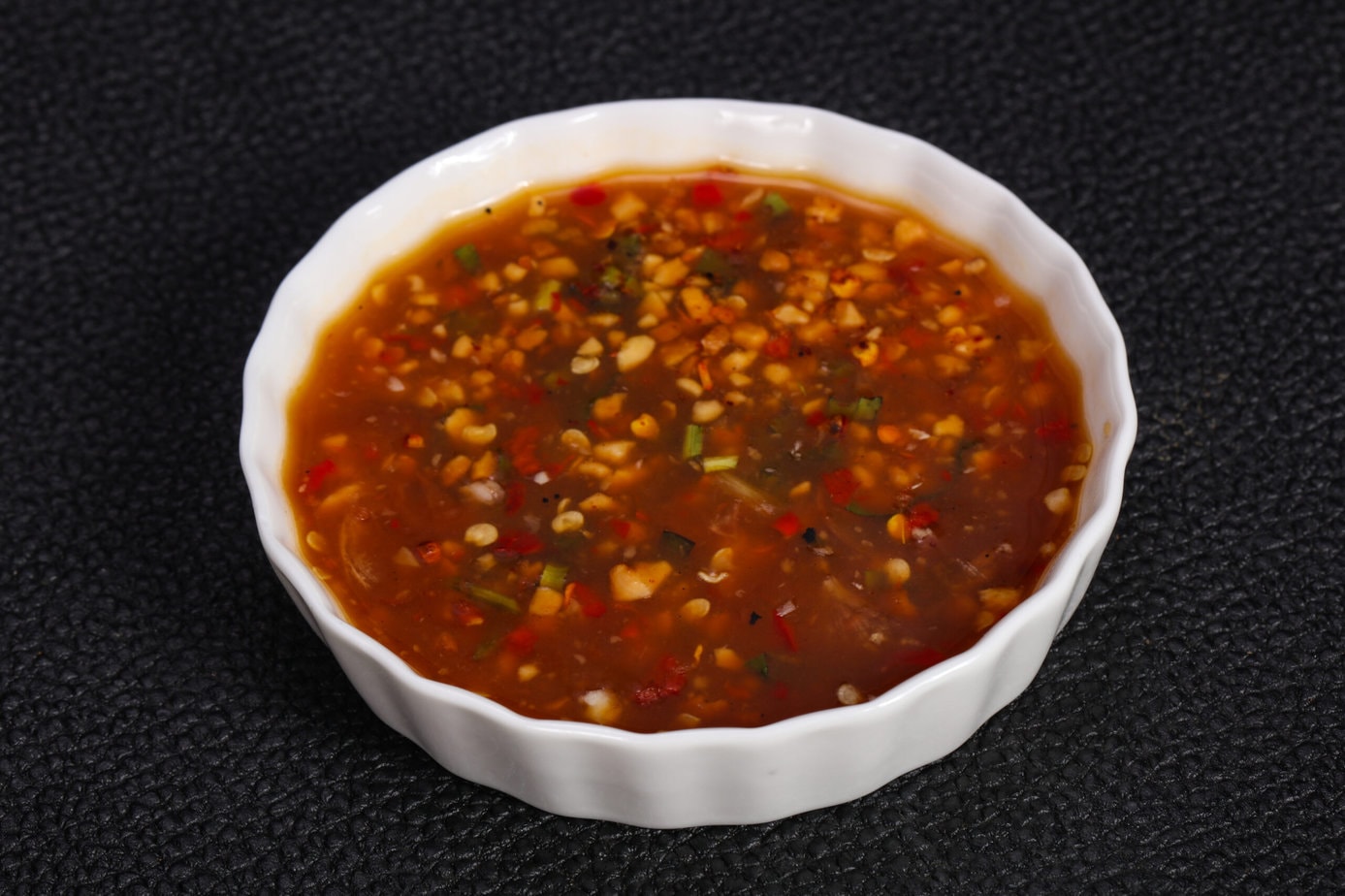
Ingredients
- 1 tablespoon Sichuan peppercorns
- 59 ml light soy sauce
- 3 tablespoons honey
- 1 tablespoon sesame oil
- 1 tablespoon black rice vinegar
- 1 tablespoon Shaoxing wine
- 3 cloves garlic cloves, minced
- 1 tablespoon sambal oelek
- 0.5 teaspoon Chinese five-spice powder
- 1 pinch salt
Instructions
- Toast the Sichuan peppercorns in a dry wok over medium heat for 1-2 minutes, until very fragrant.1 tablespoon Sichuan peppercorns
- Crush with a mortar (or use any method you like; no judgment).
- Whisk all ingredients together in a bowl.59 ml light soy sauce, 3 tablespoons honey, 1 tablespoon sesame oil, 1 tablespoon black rice vinegar, 1 tablespoon Shaoxing wine, 3 cloves garlic cloves, minced, 1 tablespoon sambal oelek, 0.5 teaspoon Chinese five-spice powder, 1 pinch salt
- Transfer to a jar and refrigerate.
